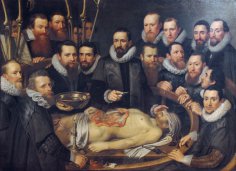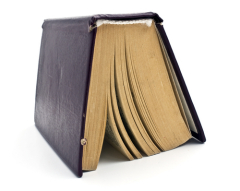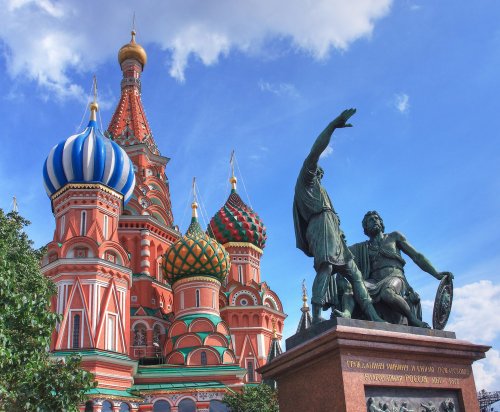Members of the Fallon Paiute-Shoshone Tribe expressed their cultural connection to the mummy and wished for it to be given a proper burial.
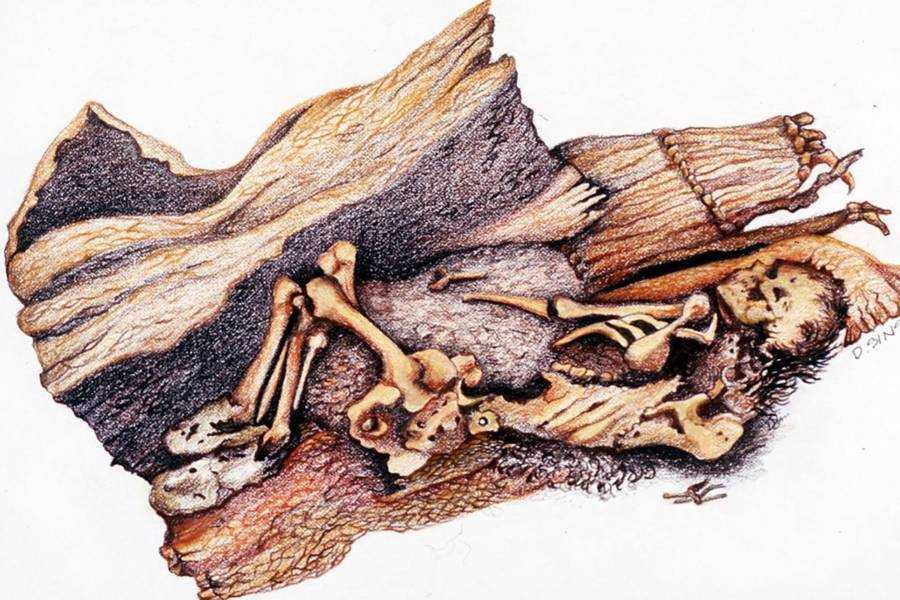
Illustration of the Spirit Cave mummy. /p/div p class=”dropcaps”>Genetic research has ended a 20-year debate between a Native American tribe and the US government over the origins of the world's oldest natural mummy, which has now finally been laid to rest.
The legal battle over the 10,600-year-old “Spirit Cave Mummy” has ended after a sensational discovery showed the mummy has ancestral ties to a modern Native American tribe, according to a study published in Science . DNA testing of the mummy's skull has definitively linked her to the Fallon Paiute-Shoshone tribe in Nevada.
The story of the Spirit Cave mummy begins in 1940, when it was first discovered in a small rock niche in the Great Basin Desert in Nevada. However, it was not until 50 years later that new research was able to determine its true age and give it the title of the oldest natural mummy in the world (one that died only due to natural factors).
The Fallon Paiute-Shoshone tribe claimed cultural affiliation with the mummy and requested the return of her remains under the Native American Graves Protection and Repatriation Act. However, the U.S. Bureau of Land Management denied their request.
The tribe sued the government, leading to a two-decade debate over what to do with the mummy. The tribe wanted a proper burial for the man they considered their ancestor, while anthropologists believed the remains provided invaluable historical information and should be displayed in a museum.
The conflict escalated until 2015, when the tribe agreed to allow Professor Eske Willerslev, the study's lead author, to conduct genomic testing on the mummy.
“I assured the tribe that my group would not conduct DNA testing unless they gave permission, and it was agreed that if Spirit Cave was genetically Native American, the mummy would be returned to the tribe,” Willerslev said in a statement.
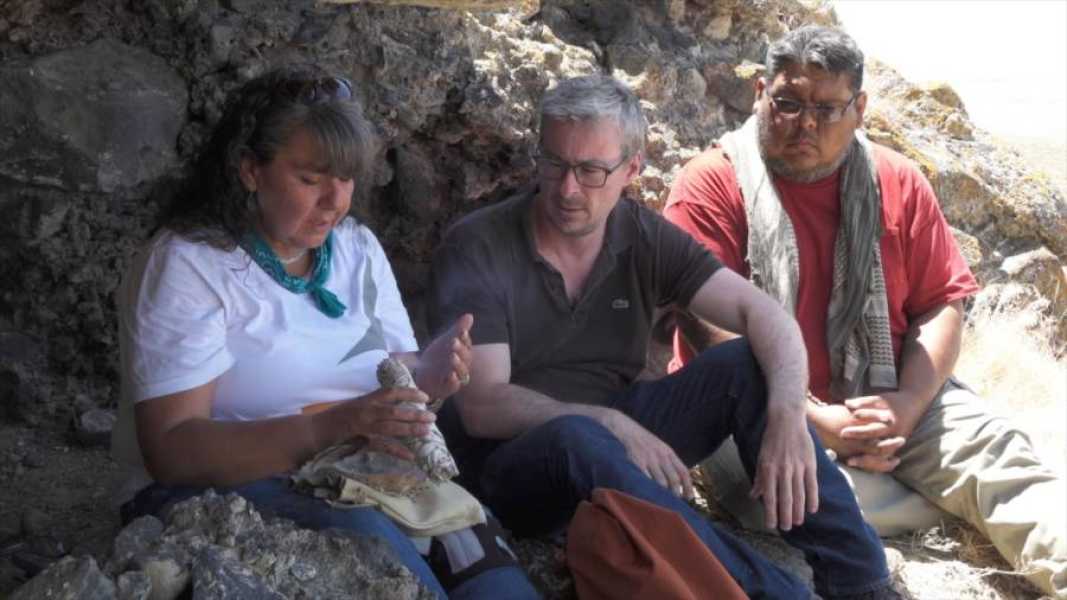
Linus Mørk, Magus FilmProfessor Eske Willerslev with Donna and Joey, two members of the Fallon Paiute-Shoshone tribe.
Using DNA extracted from the mummy's skull, Willerslev was able to confirm that the Spirit Cave mummy was indeed a Fallon Paiute-Shoshone and an ancestor of modern Native Americans. The remains were returned to the tribe in 2016, and a proper burial of the mummy took place in 2018.
“It became very clear to me that this was a deeply emotional and cultural event,” Willerslev explained. “The tribe has real feelings about the Spirit Cave that may be difficult for us Europeans to understand, but for us it would be very much like the funeral of a mother, father, sister or brother.”
“We can all imagine what it would be like if our father or mother were at the exhibition and had the same feeling about the Spirit Cave. It was an honor to work with them,” he added.
In addition to ending a two-decade battle, the study also disproves a long-standing theory known as the Paleoamerican hypothesis, which posited that a group of people called Paleoamericans roamed North America before the arrival of Native Americans.
Sourse: www.allthatsinteresting.com


